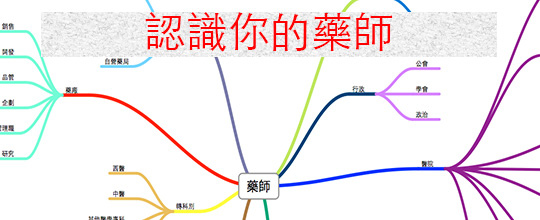Recommended
Interventions for Prevention of Contrast Nephrotoxicity
|
Intervention Recommendation |
Recommendation |
Gradea |
|
Contrast |
Minimize contrast volume/dose Use noniodinated contrast studies Use low- or isoosmolar contrast agents |
A-1 A-2 A-2 |
|
Medications |
Avoid concurrent use of potentially nephrotoxic drugs (e.g., nonsteroidal antiinflammatory drugs, aminoglycosides) |
A-2 |
|
Normal (0.9%) saline |
Initiate infusion at least 3 hours prior to contrast exposure and continue 8–24 hours postexposure Infuse at 1 mL/kg/hr up to 150 mL/h, adjusting postexposure as clinically indicated |
A-1 |
|
Sodium bicarbonate 154 mEq/L |
Initiate infusion at 3 L/kg/h,beginning 1 hour prior to contrast exposure, then continue at 1 mL/kg/h for 6 hours postexposure |
B-2 |
|
N-acetylcysteine |
Administer 600 mg orally, every 12 hours × 4 doses beginning prior to contrast exposure (i.e., one dose prior to exposure and 3 doses postexposure) |
B-1 |
aStrength of recommendations: A, B, C, good, moderate, and poor evidence to support recommendation,respectively. Quality of evidence: 1, Evidence from more than one properly randomized,controlled trial. 2, Evidence from more than one well-designed clinical trial with randomization, fromcohort or case-controlled analytic studies or multiple time series; or dramatic results fromuncontrolled experiments. 3, Evidence from opinions of respected authorities, based on clinical experience, descriptive studies, or reports of expert communities.
Derived from data in references 27, 28, 31, 32.
ref:Pharmacotherapy:A Pathophysiologic Approach Seventh Edition
關鍵字: Acetin acetylcysteine 預防 顯影劑 腎毒性





 留言列表
留言列表
 線上藥物查詢
線上藥物查詢 